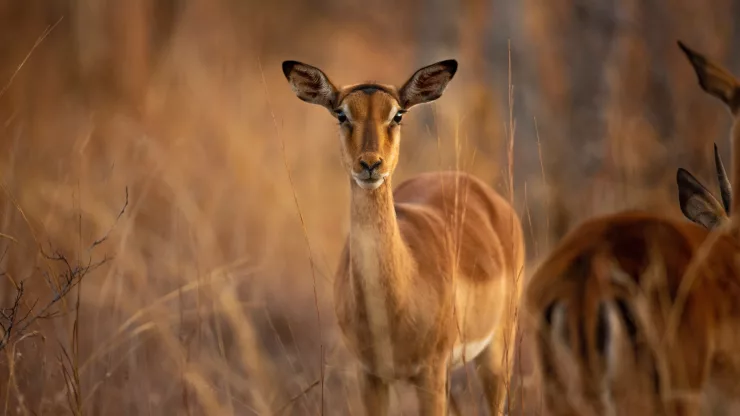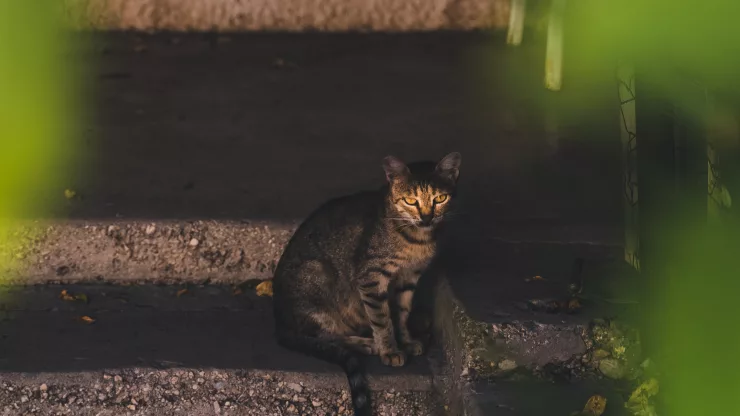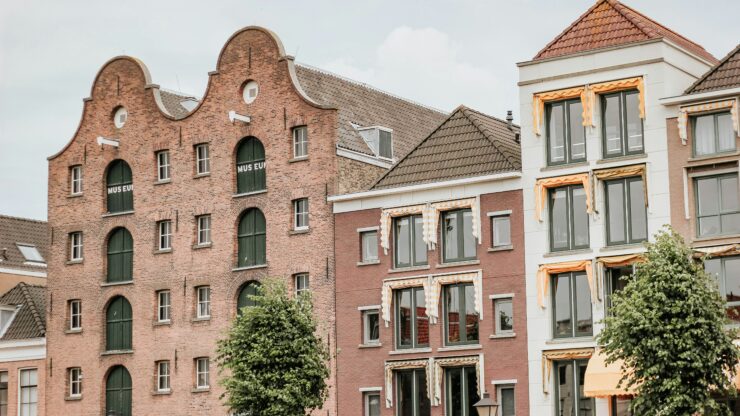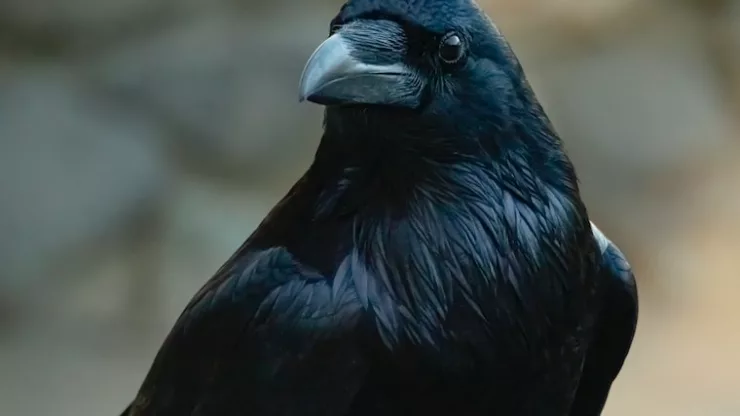Urbanization is a reality that is here to stay. As cities expand, green spaces are increasingly becoming essential to maintain ecological balance.
Parks, in particular, serve a critical role in urban wildlife conservation.
In this article, we will explore the importance of parks in maintaining and promoting urban wildlife conservation.
Jump to Section
Introduction
Urbanization has led to the fragmentation and loss of natural habitats, making it challenging for wildlife to thrive. However, parks serve as a vital refuge for urban wildlife.
In addition to providing a safe haven, parks play an essential role in promoting biodiversity, ecosystem services, and the overall health and well-being of urban communities.
Why Parks are Vital for Urban Wildlife Conservation
Parks offer numerous benefits for wildlife and urban communities. Here are some of the reasons why parks are essential for urban wildlife conservation:
The Benefits of Urban Parks for Wildlife
Providing Habitat for Wildlife
Urban parks provide essential habitats for a variety of wildlife species, including birds, insects, and mammals.
These green spaces offer food, water, and shelter to these animals, allowing them to survive and thrive in an urban environment.
Enhancing Biodiversity
Urban parks offer a variety of habitats that support a diverse range of plant and animal species.
This biodiversity is essential for maintaining healthy ecosystems and supporting the overall health and well-being of urban communities.
Supporting Ecosystem Services
Parks provide a range of ecosystem services that are essential for urban communities, such as air and water purification, carbon sequestration, and climate regulation.
These services are vital for maintaining the ecological balance of urban environments.
Challenges of Urban Parks in Wildlife Conservation
While parks are vital for urban wildlife conservation, they also face several challenges. Here are some of the challenges:
Fragmentation of Habitats
Urban parks are often fragmented, which can make it challenging for wildlife to move freely between habitats.
This fragmentation can lead to genetic isolation, reduced genetic diversity, and ultimately, the decline of wildlife populations.
Competition with Invasive Species
Invasive species can outcompete native species, disrupt ecosystems, and negatively impact wildlife populations.
Urban parks are particularly vulnerable to invasive species, as they often provide favorable habitats for these species.
Management Issues
Urban parks often face management challenges, such as limited resources, funding, and staff.
These challenges can make it difficult to maintain and promote biodiversity and ecosystem services in urban parks.
Best Practices for Urban Parks in Wildlife Conservation
To overcome the challenges faced by urban parks, several best practices can be implemented. Here are some of the best practices:
Designing Green Spaces for Multiple Purposes
Urban parks can be designed to serve multiple purposes, such as recreational, educational, and conservation.
This multi-functional approach can help to promote biodiversity, ecosystem services, and the overall health and well-being of urban communities.
Implementing Ecosystem-based Management
Ecosystem-based management involves managing parks based on ecological principles, such as habitat restoration, invasive species management, and biodiversity conservation.
This approach can help to promote healthy ecosystems and support wildlife conservation in urban parks.
Engaging Communities in Conservation Efforts
Community engagement is essential for successful urban wildlife conservation.
Engaging communities in conservation efforts can help to raise awareness, promote stewardship, and foster a sense of ownership over urban parks.
Success Stories in Urban Parks Conservation
Several urban parks have successfully implemented wildlife conservation efforts. Here are two success stories:
Case Study: Central Park Conservancy
The Central Park Conservancy in New York City has successfully restored the park’s natural habitats, improved water quality, and promoted biodiversity.
The Conservancy has also engaged the community in conservation efforts, such as adopting and caring for trees and promoting sustainable practices.
Case Study: Singapore’s Gardens by the Bay
Singapore’s Gardens by the Bay is a world-renowned park that has successfully integrated biodiversity conservation, education, and recreation.
The park features a variety of habitats, such as wetlands, forests, and meadows, and hosts a range of wildlife species, such as birds, insects, and mammals.
Conclusion
Parks are essential for maintaining and promoting urban wildlife conservation.
By providing habitats, enhancing biodiversity, and supporting ecosystem services, parks serve a critical role in maintaining ecological balance in urban environments.
By implementing best practices and engaging communities in conservation efforts, we can ensure that urban parks continue to serve as a refuge for wildlife and a source of inspiration and enjoyment for urban communities.
FAQ
What is urban wildlife conservation?
Urban wildlife conservation is the practice of conserving and promoting wildlife populations in urban environments.
Why are parks essential for urban wildlife conservation?
Parks provide essential habitats, enhance biodiversity, and support ecosystem services that are vital for maintaining ecological balance in urban environments.
What are some of the challenges faced by urban parks in wildlife conservation?
Some of the challenges faced by urban parks in wildlife conservation include habitat fragmentation, competition with invasive species, and management issues.
What are some best practices for promoting wildlife conservation in urban parks?
Best practices for promoting wildlife conservation in urban parks include designing green spaces for multiple purposes, implementing ecosystem-based management, and engaging communities in conservation efforts.
I’m a nature enthusiast and creator of Metro Wilds and have spent years exploring the great outdoors.
With a passion for environmental conservation and sustainability, I have dedicated my career to writing about the beauty and wonders of nature, as well as the threats facing our planet.
Contact me at [email protected] for assistance.





